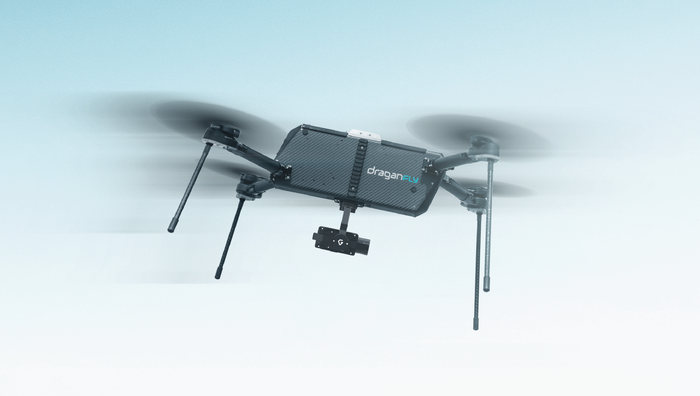Google, Qualcomm-Backed Standard Announced for Smart LocksGoogle, Qualcomm-Backed Standard Announced for Smart Locks
The initiative, from the Connectivity Standards Alliance, targets IoT devices and wearables used to lock and unlock doors

The Connectivity Standards Alliance has launched a new open standard for smart locks, making any smartphone or wearable compatible with the digital keys used to lock and unlock doors.
The new standard, Aliro, will apply credentials to any certified smart locking devices and is designed to allow interoperability between mobile devices, wearables and smart locks – enabling customer access to these devices without the need for individual apps.
Aliro is already being supported by major industry players including Apple, Google, Qualcomm, Samsung and STMicroelectronics, as well as smart lock makers such as Assa Abloy and Last Lock.
“The goal is to foster widespread adoption of consumer electronic devices to unlock doors and openings,” the alliance said in a statement, “by enabling a consistent experience across certified hardware.”
Under the initiative, the alliance said it is accelerating the use of mobile devices as a key for smart locks and ramping up the development of smart buildings.
According to the group, the new initiative will have a “lasting impact” on how people access buildings in a range of environments, including in the domestic, industrial, health care and hospitality spaces.
“This collaboration aims to raise the bar for an interoperable, consistent, secured, and streamlined mobile access experience at the door or place of entry,” said Lisa Corte, Aliro’s marketing chair. “With a team of industry leaders, thousands of engineering hours and broad support from diverse member companies, our goal is to make a big impact when it comes to transforming the way people unlock openings using their smartphones and wearables.”
The alliance is leveraging the same business model it used for the smart home interoperability standard, Matter. A communication protocol, Matter uses existing network infrastructure such as Wi-Fi and Bluetooth to connect smart home devices without the need for the cloud.
“As we’ve seen with the introduction of Matter, it’s been proven that global collaboration around a shared mission along open standards is the best way to achieve broader adoption of new technology,” said Tobin Richardson, Connectivity Standards Alliance’s CEO. “The alliance and its members are now using that same model to unlock the potential of digital access experience, with the creation of a new standard and credential that makes adoption easier for mobile device and access control reader companies.”
About the Author
You May Also Like








